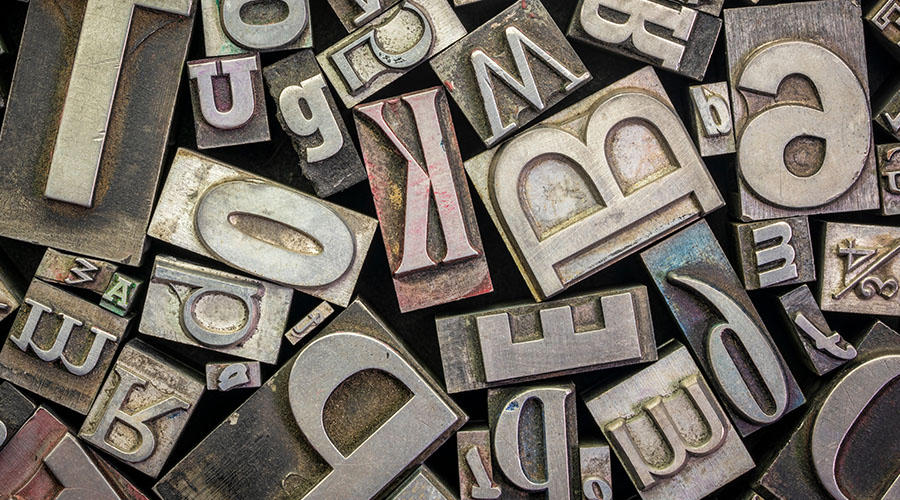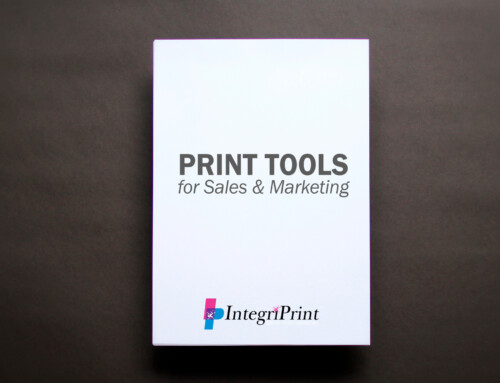Are you designing a new brochure? Postcard? Setting up an email template? The choice between serif and sans-serif fonts plays a pivotal role in shaping text’s visual identity and readability. Let’s examine the difference between these two font types and when to use each for maximum impact.
Serif Fonts: Tradition and Elegance
Serif fonts are characterized by small, decorative strokes or “serifs” extending from each letterform’s ends. These typefaces exude a sense of tradition, formality, and elegance. Serif fonts are often associated with classic literature, print media, and formal documents.
When should you use serif fonts?
Printed Text: Serif fonts like Times New Roman or Garamond are ideal for printed materials like books, newspapers, and magazines. The serifs guide the reader’s eye along the text, making lengthy passages more readable.
Formal Documents: For documents requiring a formal tone, like resumes, academic papers, or business reports, serif fonts convey professionalism and credibility.
Body Text: In body text, especially in long-form content, serif fonts offer better legibility due to the serifs helping readers follow the text line by line.
Sans Serif Fonts: Modern Simplicity
As the name suggests, Sans-serif fonts lack the decorative serifs found in their counterparts. Clean lines and a contemporary, minimalist appearance characterize these fonts. These fonts are often chosen for their modern and straightforward aesthetic.
When should you use sans-serif fonts?
Digital Content: Sans-serif fonts like Arial or Helvetica are well-suited for digital content, including websites, mobile apps, and email. Their simplicity translates well to screens of all sizes.
Headings and Titles: Sans-serif fonts make excellent choices for headings, titles, and callout text, offering a striking appearance that grabs attention.
Informal and Friendly Tone: When aiming for a relaxed or friendly tone in design or branding, sans-serif fonts convey approachability and modernity.
Signage and Wayfinding: Sans-serif fonts are favored for signage and wayfinding systems due to their clear and legible design, even from a distance.
Logo Design: Many contemporary logos and brand identities opt for sans-serif fonts to project a sleek, forward-looking image.
Combining Serif and Sans Serif
Sometimes, the most effective typographic solution combines serif and sans-serif fonts within a design. This approach can create visual contrast and hierarchy. When using this combination:
Choose fonts with complementary styles to maintain visual harmony.
Use serif fonts for body text to enhance readability.
Reserve sans-serif fonts for headings or call-to-action elements for emphasis.
Choosing between serif and sans-serif fonts is a matter of design intent and context. When used strategically and harmoniously, each style can enhance visual communication and contribute to the overall impact of your design or message.






